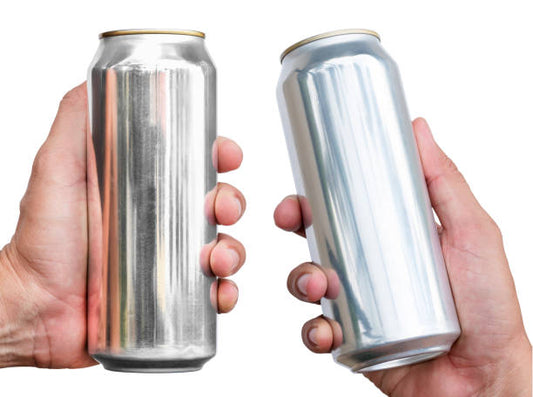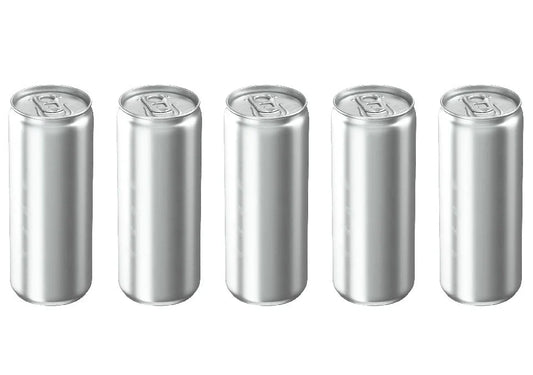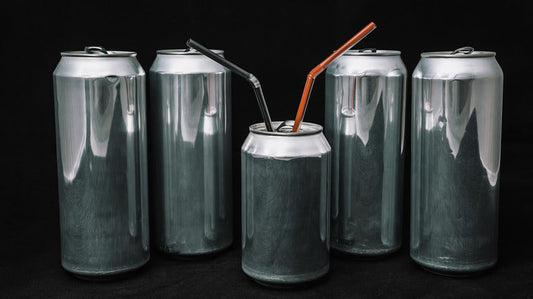Packaging serves numerous functions, ranging from product protection to product classification and marketing. Let's distinguish the types of packaging to best suit the products of your business, whether it's a small restaurant or a huge chain of restaurants across the country.
What is packaging?
The process of using various materials to convey, safeguard, and contain goods is known as packaging. Packaging is essential for the safety of commodities during transportation, storage, and use. Furthermore, the packaging is associated with the creation, assessment, and design of packaging.
the food and beverage packaging market for 2024
Packaging serves several important roles, including:- Preserving products from damage: Preserving items from damage during transportation is the basic purpose of packaging. Protect the product from elements like heat, oxygen, and moisture at the same time.
- Extend product shelf life: By shielding goods from contaminants and spoiling, packaging can also help keep food and other products fresher longer.
- Product promotion: Businesses can emphasize a product's benefits and uses, as well as their main selling components, by showcasing text and graphics on packaging.
- Informational: Customers can also find product details on packaging, including details on contents, uses, expiration dates, and country of origin.
- Convenience: Nowadays, convenience is an ordinary use for packing. More and more packaging has been developed with the intention of simplifying and improving user experience.

Three types of packaging
Primary packaging, secondary packaging, and tertiary packaging are the three fundamental types of packaging.
Primary packaging
Primary packaging is the form of packaging that has direct contact with the product. This layer of packaging serves as a barrier against environmental variables, damage, and contamination of the goods.
Primary packaging is very important to businesses because it not only serves to protect items but also provides direct contact with the consumer as well as carries product-specific information. As a result, the primary can help businesses sell themselves effectively.
Some specific examples of primary packaging include:
- Plastic bottles for drinks
- Glass bottles for sauces and dipping sauces
- Metal cans for food
- Paper boxes for cereals, snacks, etc.
- Blister packs for electronics and other products
Secondary packaging
This is the packaging layer that sits outside the primary packaging and serves to protect both the primary packaging and the items inside while also aiding in separating the product from others.
Secondary packaging is important for several reasons, such as:
- Preserve primary packaging and merchandise.
- Combining individual primary packaging units.
- Providing a barrier against moisture, oxygen, and other environmental variables
- Providing product information such as ingredients, nutritional value, and usage instructions
- Marketing purpose.
Here are a few specific examples of secondary packaging. Corrugated boxes
- Shrink wrap
- Bubble wrap
- Foam peanuts
- Blister packs
- Paperboard boxes
Tertiary packaging
This is the secondary packaging's outer layer, and its purpose is to protect the secondary packaging and the items inside during transit and storage. Teritary packaging can also be referred to as bulk packaging or transportation packaging. Sturdy materials like plastic, metal, and wood are used to make this kind of packing.
Tertiary packing is essential in the logistics process, which includes:
- Grouping together multiple units of secondary packaging for easier loading and unloading
- Providing a stable platform for stacking and transporting goods
- Reducing the risk of product loss or theft
- Optimizing the use of space and resources during shipping and storage
Here are some specific examples of tertiary packaging:
- Pallets
- Containers
- Shipping crates
Types of packaging in food and beverage
Features of food and beverage packaging types
Certain types of packaging for meals and beverages have some of the following features.
When it comes to primary packaging, materials like plastic bottles, glass, metal, or Tetra-Pak cartons can be used. To be precise:
- Plastic containers: use for water, beverages, …
- Glass jars or bottles: use for sauces, jams, etc.
- Tetra Pak packaging: use for milk, cereal, etc.
When it comes to secondary packaging, the following materials are typically used to make different packaging types:
- Corrugated boxes
- Corrugated boxes
- Foam packing
- Egg cartons
Wooden pallets, metal boxes, and wooden boxes are the best options for tertiary packaging.

Sustainable Packaging
Food and beverage packaging has taken note of the sustainable packaging trend in recent years. Waste from disposable plastic food products is a burden that has a harmful influence on human health and the environment. Takeout packaging products are especially concerned with sustainable packaging.
Here are some specific examples of sustainable packaging:
- Compostable packaging: Compostable packaging is made of materials that can be broken down into nutrient-rich soil by microbes. Usually, plant-based ingredients like cornstarch or sugarcane bagasse are used for producing it.
- Recyclable packaging: Recyclable packaging is made up of materials that may be collected and recycled in order to produce new products. It is important to find out what kinds of packaging your local recycling program accepts by contacting them.
- Reusable Packaging: Reusable packaging is intended to be reused. It is frequently constructed from sturdy materials like silicone, metal, or glass.
We at Kimecopak provide food businesses with a range of sustainable packaging solutions, such as paper containers, biodegradable food containers, wooden cutlery, reusable bags, eco-friendly straws, and more. All of these are excellent substitutes for single-use plastic.
Note for food business when choosing type of packaging
When selecting packaging for your business or restaurant, keep the following points in mind: - Food safety: your food business must select packaging that meets food hygiene requirements, protecting your food from environmental factors that cause food damage during transportation to customers.
- Food quality: Especially for products intended for takeout, packaging shouldn't compromise food quality or result in food leakage.
- Consumer appeal: Your cuisine should be visually appealing and delicious in order to produce a sense of satisfaction in your customers.
- Sustainability: Customers choose green packaging of food products. Choose green packaging that is certified, such as FSC-certified. This not only benefits the community but also increases customer faith in the brand.
- Choose a reputable packaging supplier: To assure the quality of packaging products, use a reliable packaging supplier.
In conclusion, primary, secondary, and tertiary packaging are the three principal types of packaging. Packaging for food and beverages must ensure quality, food safety, food quality, and sustainability. And to deliver the highest quality food, businesses should select reliable packaging suppliers.









